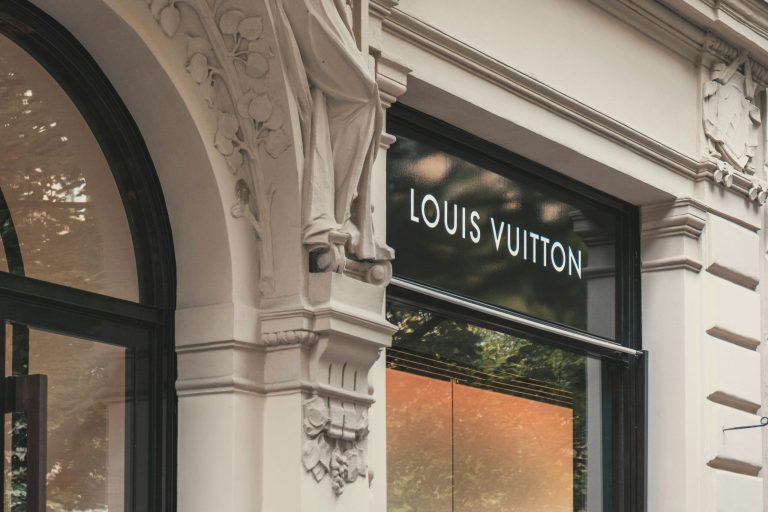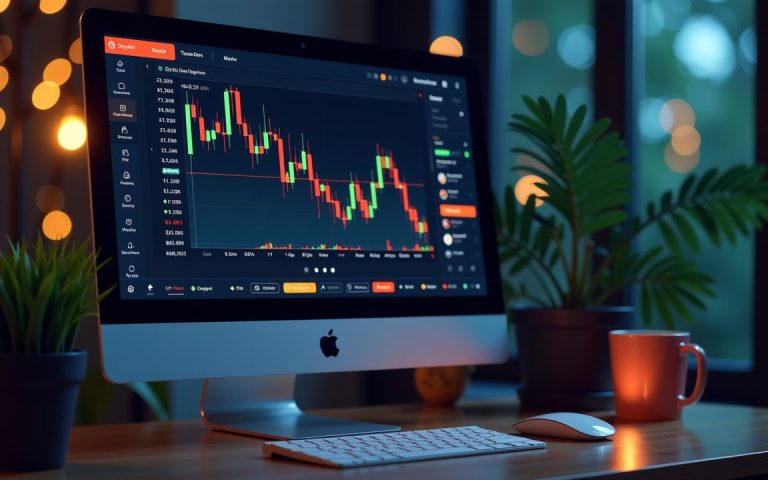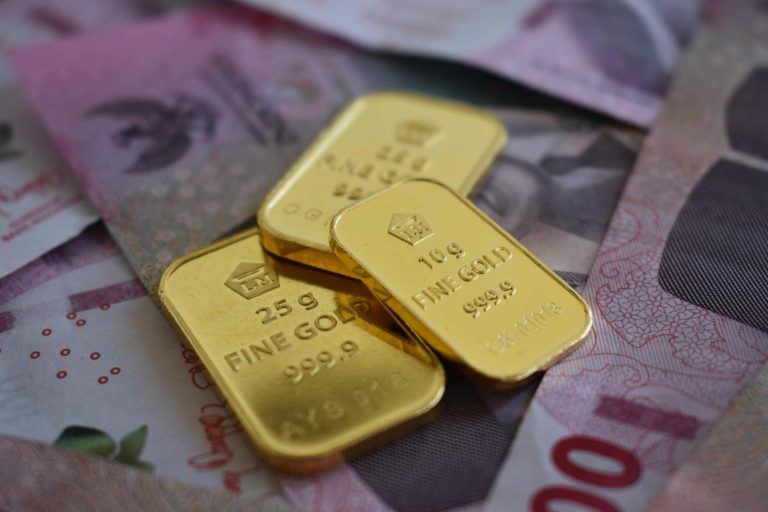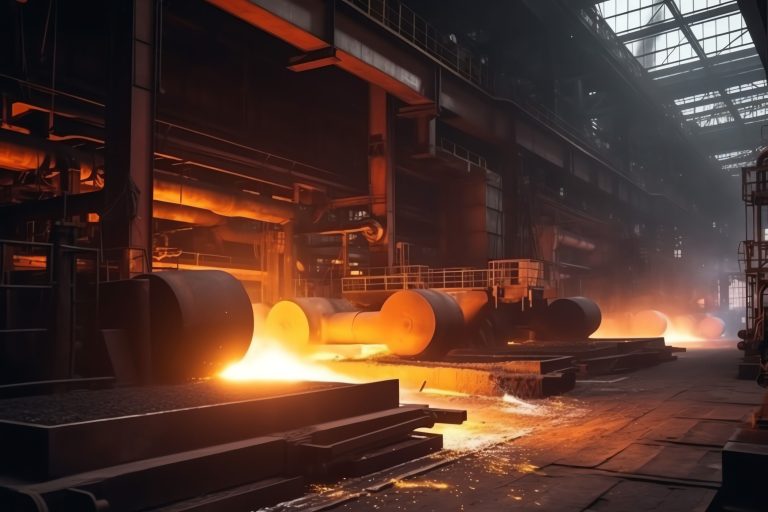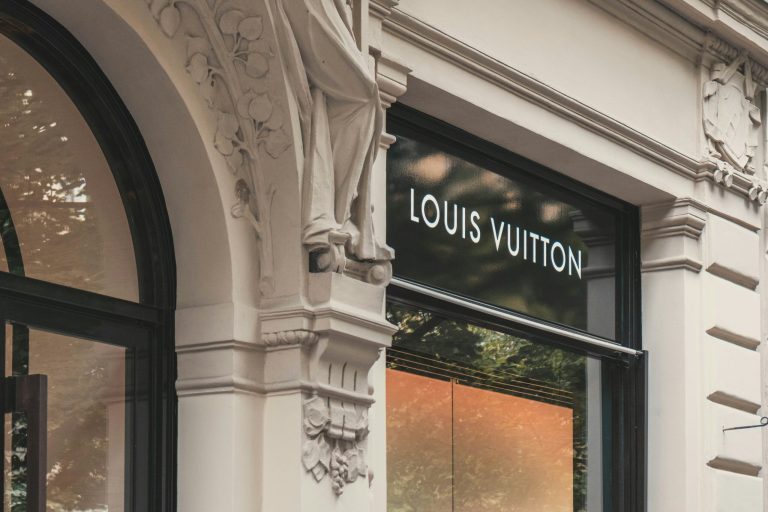Technology companies pick China for production primarily because it offers lower labour costs.
That’s the widespread conception, or perhaps a “misconception” as Tim Cook, the chief executive of Apple (NASDAQ: AAPL), would call it.
“China stopped being the low labour cost country years ago,” he revealed in an interview last year.
That said, the multinational continues to assemble about 90% of its flagship smartphones in China.
But if it’s not because of the lower cost, what is it really that’s driven AAPL for years to the world’s second-largest economy for iPhone production?
Why does Apple rely on China for iPhone production?
Apple relies on China for iPhone production primarily because it has an immensely high number of skilled workers all in one place.
Making an iPhone requires exceptional expertise in handling advanced tools and working with materials that require precision and state-of-the-art techniques.
And Beijing offers just that, according to Apple CEO Tim Cook.
In the US, you could have a meeting of tooling engineers, and I’m not sure we could fill the room.
In China, you could fill multiple football fields. The vocational expertise in China is very deep.
Cook’s remarks bring into question the very ability of the US to replace China as the global production hub – something that the Trump administration has been pushing for in 2025.
AAPL recently got a reprieve from the White House
Apple shares opened in the green this morning after US President Trump agreed to exempt smartphones, computers, and other electronic devices from aggressive tariffs.
The announcement offers temporary relief to AAPL, given it relies rather significantly on China for iPhone production.
Without the President’s change of heart, higher tariffs would have increased the price of an iPhone.
In fact, the flagship smartphone could cost as much as $3,500 if it were to be produced in the US.
Despite today’s surge, however, AAPL stock is down nearly 20% versus its year-to-date high at writing.
Is it worth owning Apple stock at current levels?
Tariff tantrums and what the subsequently emerging trade war could mean for Apple have so far failed to make UBS analyst David Vogt turn his back entirely on the iPhone maker.
Vogt rates AAPL shares at “neutral”. However, he reiterated his price target of $236 on the tech stock in a research note today, indicating a potential upside of some 15% from current levels.
According to the UBS analyst, temporary relief from reduced tariffs on tech imports and the company’s strong financial stature, including a 46.5% gross profit margin, offers some insulation from the evolving trade environment.
Apple stock also pays a dividend yield of 0.49% at writing, which makes it a bit more attractive to own at current levels.
The post Apple doesn’t make iPhone in China for lower labour costs: Tim Cook reveals the real reason appeared first on Invezz




